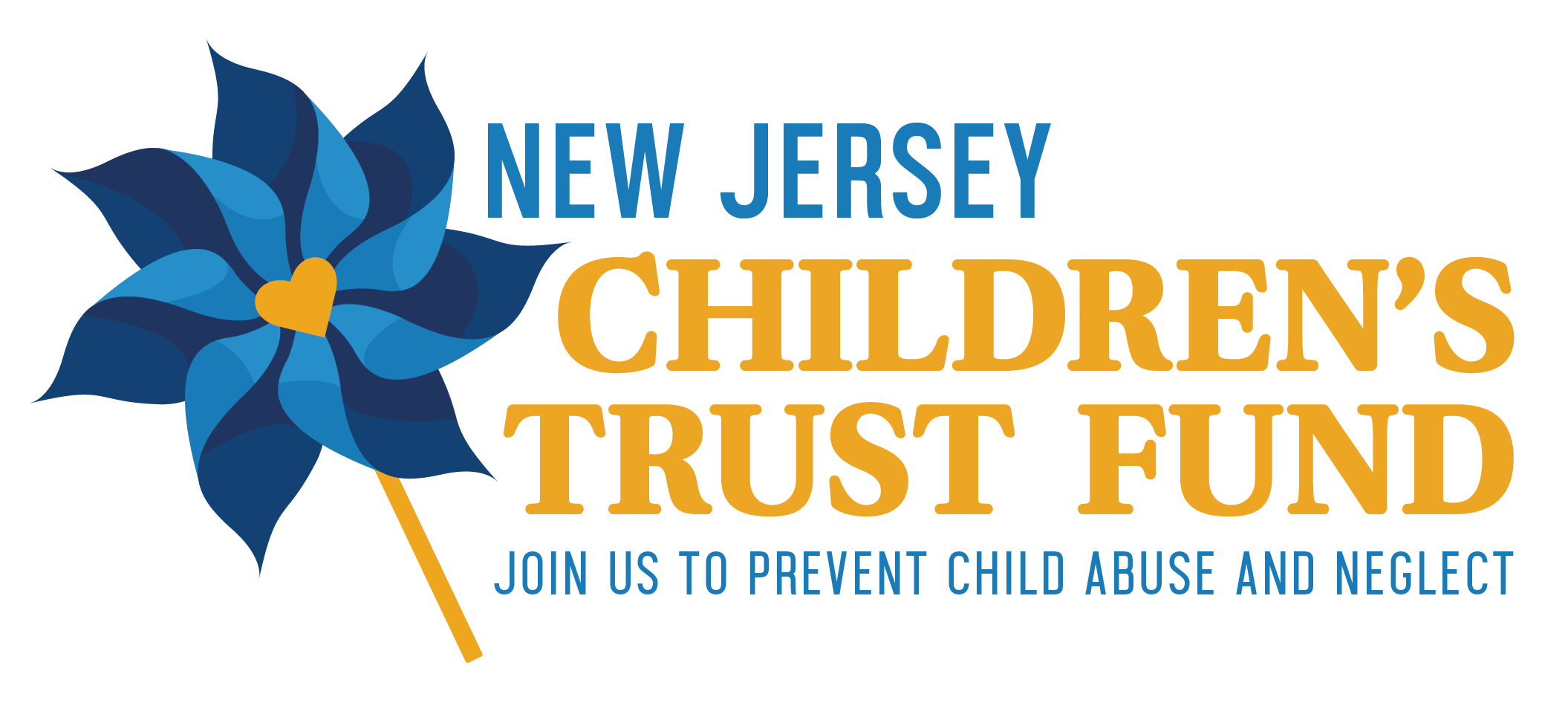The Children’s Trust Fund is dedicated to preventing child abuse and neglect. There are legislatively created child trust and prevention funds in every state, Puerto Rico, and the District of Columbia. Ray E. Helfer, a Michigan pediatrician and then vice-president of the National Committee for the Prevention of Child Abuse, proposed a nationwide network of funds dedicated to child abuse and neglect prevention in 1979. Dr. Helfer reasoned that since we had trust funds to care for our nation's highways and endangered wildlife species, we should have a trust fund to care for our children. Kansas was the first state to establish a Children's Trust Fund in 1980.
Trust and prevention funds are public-private partnerships. In most states, boards of directors have representatives from government, the corporate sector, and private citizens. Funds are situated within state government and may be located administratively within various state agencies, governors' offices, or independently.
Funding for trust and prevention funds comes from a variety of sources, such as voluntary state income tax check-off contributions; surcharges on birth, divorce, or death certificates; line item state appropriations; interest from the trust fund; corporations and private foundations; and individual contributions. Every state that has a children's trust and prevention fund is eligible for a federal community-based grant.
The common purpose of trust and prevention funds is the prevention of child abuse and neglect. Each state undertakes a variety of creative and innovative activities to accomplish this purpose, just as each state has established funding guidelines and policies that identify the types of prevention programs eligible for financial support, funding priorities, and funding limitations.
As public-private partnerships, trust and prevention funds work closely with public agencies and the private sector. Some funds solicit corporate support through direct grants, matching funds, or in-kind contributions. Some funds have joint projects with universities or joint funding initiatives with other state agencies. Some funds have established statewide AmeriCorps VISTA networks, using AmeriCorps VISTA volunteers to empower low-income families and to address causes and conditions that create high risks for child abuse and neglect. Other funds have established private foundations to conduct intensive fundraising to support child abuse and neglect prevention efforts.
The funding process encourages the development of creative strategies for preventing child abuse and neglect. Examples of such strategies are parenting education and role modeling for incarcerated women, curriculum development for religious communities, culturally specific sexual abuse prevention education for children, and programs for families recovering from substance abuse.
Children's trust and prevention funds devote substantial attention to the evaluation of child abuse and neglect prevention programs. Many states have conducted or facilitated various types of program outcome evaluations.
Governor Phil Murphy • Lt. Governor Tahesha Way
| NJ Home | Services A to Z | Departments/Agencies | FAQs | |



History of the Children's Trust Fund



